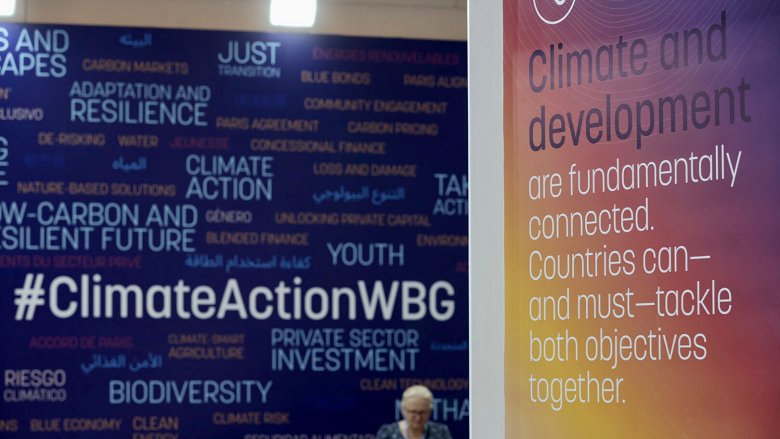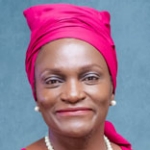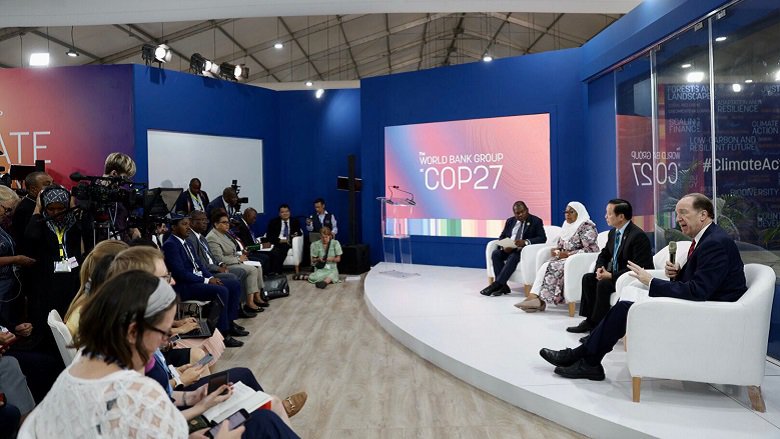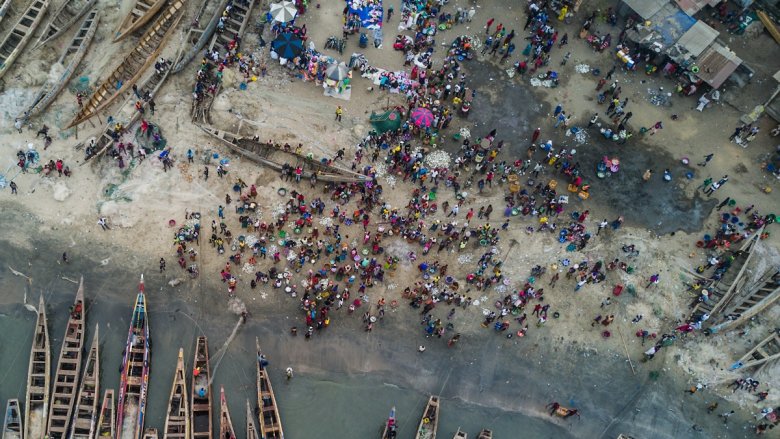The World Bank Group was at COP27 in Sharm El-Sheikh, Egypt, to engage on critical climate and development issues and the actions needed to tackle the climate crisis. The biggest multilateral funder of climate action in developing countries, the Bank Group introduced a new partnership to ramp up results-based financing, showcased findings from new climate analytics, presented major initiatives to accelerate decarbonization and promote adaptation, and hosted over 80 hours of programming, bringing together over 220 government ministers, civil society representatives, experts and others to our first ever World Bank Group Pavilion. Here are 7 highlights from the World Bank Group’s delivery at our pavilion in COP27:
1) A mitigation sprint to reduce a potent greenhouse gas
Methane concentrations in the atmosphere saw their largest year-on-year jump in both 2020 and 2021 since measurements began nearly 40 years ago. At COP27, World Bank Group President David Malpass hosted a discussion with John Podesta, US States Senior Advisor to the President for Clean Energy Innovation and Implementation, Xie Zhenhua, China’s Special Envoy for Climate Change, as well as Odile Renaud-Basso, President of the European Bank for Reconstruction and Development, and Werner Hoyer, President of the European Investment Bank, discussing actions to address emissions from this potent greenhouse gas. President Malpass outlined plans to bring much more finance to tackle methane, as well as the Bank Group’s wealth of experience reducing methane emissions in the sectors that generate the most: agriculture, energy, sanitation and waste. At COP26, more than 100 countries committed to the Global Methane Pledge to collectively reduce methane emissions by at least 30% by 2030 (relative to 2020). By the end of COP27, more than 150 countries have signed the pledge. Replay the World Bank Live event.
2) Showcasing transformational climate and development reports
The Bank shared key findings from the first batch of its new core diagnostic, Country Climate and Development Reports (CCDRs), covering 24 countries, with the key takeaway that countries can continue to grow and develop while reducing emissions if they embrace major change. Doing so could result in a 70% reduction in GHG emissions by 2050. The CCDR synthesis paper, launched before COP, highlighted the fundamental link between climate and development: the future impacts of climate change depend on the choices countries make today, particularly those investments that also boost development outcomes, including in critical infrastructure or to safeguard communities and livelihoods.
CCDRs are country-specific roadmaps to green, resilient and inclusive development, showing which strategies will do the most, the fastest, to reduce GHG emissions in each country while achieving other development goals. Several CCDRs were showcased at COP, bringing together the Bank teams that worked on them with ministers and officials from China, South Africa, the Sahel G-5 countries, Philippines, Pakistan, Malawi, Rwanda, Argentina, and Nepal. Watch the replay of the COP27 event.




